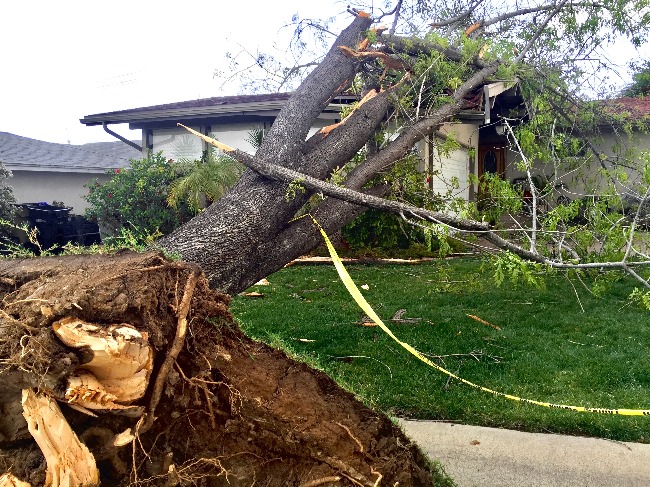
Lawmakers Discuss Potential Disaster Prevention Recommendations
July 15, 2025Since 1980, there have been 92 weather disasters with events exceeding $1 billion in damage in the Commonwealth. Of the 92 disasters, 77 of those have been federally declared disasters, and 38 of the declared disasters occurred in the last decade.
As Kentucky endures more natural disasters, legislators in the Disaster Prevention and Resiliency Task Force and in a recent interim Appropriations and Revenue Committee meeting, are preparing recommendations to prepare for the unexpected.
One challenge for all states is improving the speed of reimbursements after a disaster and working closely with local governments to resume normal life. One potential solution for the state could be to invest in prevention via an office of resilience that would work closely with local governments during disasters and take preventative measures through mitigation projects, as well as the adoption of programs and policies meant to protect people and property during a disaster.
Testimony from Katy Jenkins, an LRC Committee Analyst for the Appropriations and Revenue Committee, pointed to South Carolina, which has an office of resilience that administers a revolving fund for properties often affected by disasters or to complete restoration projects.
Senator Robin Webb, R-Grayson, said the Disaster Prevention and Resiliency Task Force is looking at disaster recommendations, which will include a Kentucky Office of Resilience. Senator Webb co-chairs the task force with Representative Chris Freeland, R-Benton. She said the goal of the task force is to focus on how to recover and mitigate risk, and that it will require the Kentucky General Assembly’s budgetary support.
House Budget Chair Jason Petrie, R-Elkton, said he hopes a signal has been sent during the meeting that he is eager to hear the recommendations of the task force during next year’s budget session.
The KLC Board of Directors has voted to support legislation that allows cities to directly apply for emergency management funds, establish their own emergency response agencies, and ensure city involvement in emergency program reviews and planning at the county level. These reforms are intended to strengthen local coordination, improve access to resources, and ensure cities are fully equipped to protect their residents before, during, and after disasters strike.
